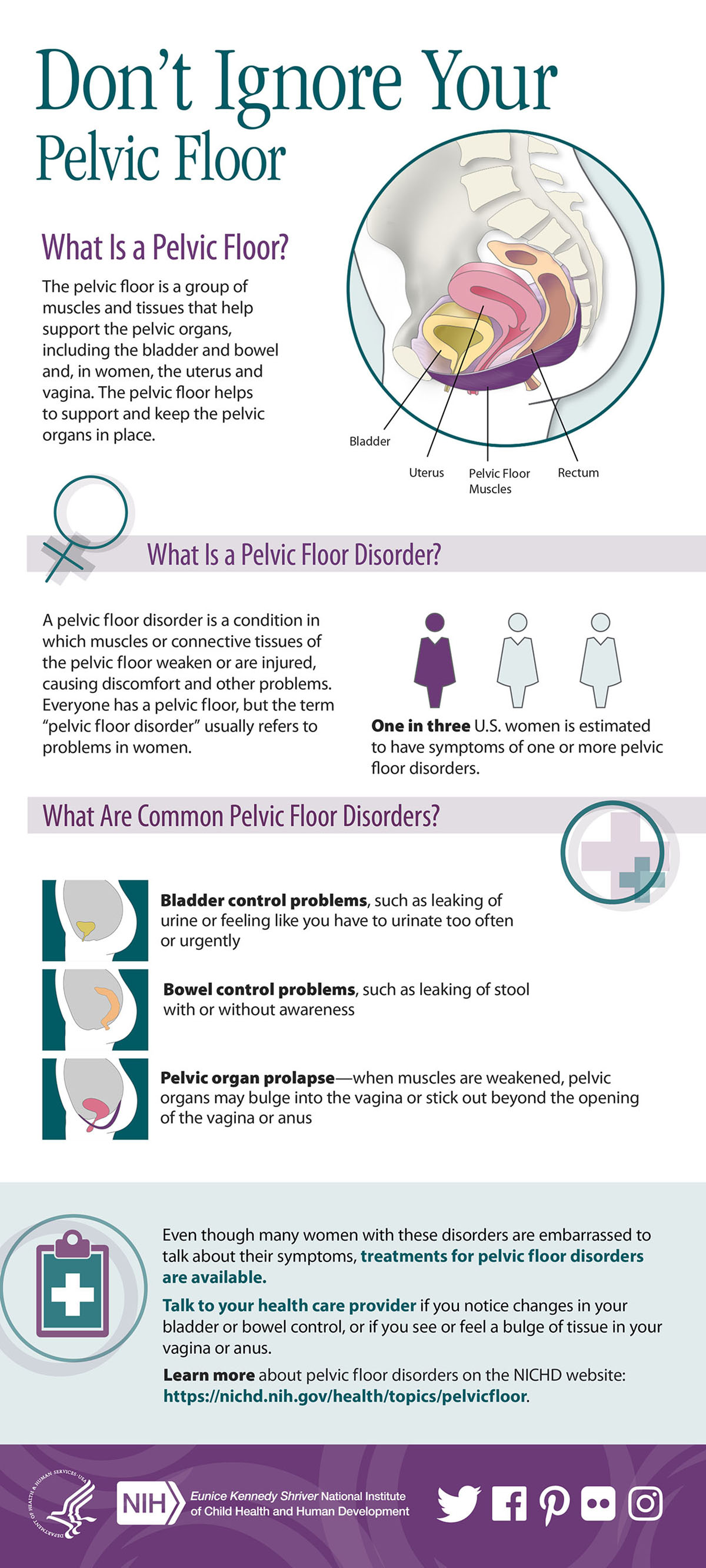Let’s be honest, we’ve all experienced the awkward, embarrassing, and sometimes downright hilarious sound of a “queef.” It’s one of those things that makes you simultaneously want to hide under the covers and ask your friends if it ever happens to them. While it’s not something many of us openly discuss, the truth is that “queefing” is a very real phenomenon, and it can make you wonder if something is wrong with your body. We’re diving into the world of queefs, exploring what exactly causes them and whether they are a sign of a weaker pelvic floor.

Image: ic.steadyhealth.com
The good news is, “queefing” is usually harmless and doesn’t necessarily indicate a serious medical issue. But understanding why it occurs can offer valuable insight into the health of your pelvic floor, a crucial muscle group supporting bladder control, sexual function, and even posture.
Understanding the Mystery Behind Queefing
“Queefing,” officially known as “flatus vaginālis” in the medical world, is a sound caused by air escaping the vagina. This air typically enters the vaginal canal during activities like exercise, intercourse, or even just regular movement. It then gets trapped and eventually escapes, producing the distinctive sound we know as a “queef.”
Now, the most frequent reason for this air becoming trapped is due to air being pushed into the vagina. This can happen during intercourse, especially with certain positions. Think about it, as air gets pushed into the vagina during penetration, it needs an outlet. If it can’t find a way out quickly, the air gets trapped. During movement, air can also get trapped, particularly after jumping or other activities where rapid movement changes pressure in the vagina.
What About the Pelvic Floor?
While a “queef” doesn’t always mean you have a weak pelvic floor, it’s important to understand the connection. The pelvic floor muscles act like a sling, supporting your internal organs, including the bladder and rectum. It’s these muscles that help control gas from escaping, and when they are weak, it’s possible it can lead to accidental leaks or other issues.
A weak pelvic floor is more likely to result in frequent “queefing” because the muscles are less effective in preventing air from becoming trapped. It might release the trapped air more easily, leading to the characteristic sound. However, “queefing” on its own is not a definitive indicator of a weak pelvic floor.
Other factors, like vaginal dryness, certain types of birth control, and even just the shape of your vagina can also contribute to “queefing.”
Is There Anything I Can Do To Prevent “Queefing?”
If you’re concerned about frequent “queefing” and suspect it might be linked to a weakened pelvic floor, there are some things you can do.
The first step is to talk to your healthcare provider. They can determine the underlying cause, like vaginal dryness or a more significant issue, and recommend the best course of action. Often, they might suggest targeted exercises, known as Kegel exercises, to strengthen your pelvic floor. Kegel exercises are excellent for tightening and toning these muscles, which can help control involuntary gas release.

Image: race879.blogspot.com
Kegel Exercises: Your Secret Weapon
How to Do Them
Imagine you’re trying to stop the flow of urine midstream. That’s the same muscle you’ll be using for Kegels.
- Squeeze the muscle, hold the contraction for five seconds, then release.
- Repeat this 10-15 times, a few times a day.
- You can do Kegels sitting, standing, or lying down.
It might take some practice to find the right muscle, but with persistence, you’ll get the hang of it. You can even try using a pelvic floor strengthening device to help. But always consult with your doctor first.
Beyond Kegels
Strengthening your pelvic floor isn’t just about avoiding embarrassing sounds. It’s important for your overall health and well-being. Stronger pelvic floor muscles can help with bladder control, decrease the chances of urinary incontinence, improve sexual function, and even help prevent prolapse.
In addition to Kegels, other things you can do to strengthen your pelvic floor muscles include:
- Maintaining a healthy weight
- Eating a fiber-rich diet
- Avoiding constipation
- Reducing stress
FAQ
What are some common causes of a “queef?”
Some common causes include:
- Air becoming trapped in the vagina during intercourse
- Physical activity, like jumping or running
- Vaginal dryness
- Certain types of birth control
- The shape of your vagina
How do I know if “queefing” is a sign of a weak pelvic floor?
“Queefing” is not necessarily a sign of a weak pelvic floor. Other factors can contribute to it. That said, it’s always best to consult your healthcare provider if you’re concerned about frequent “queefing.” They can help determine the cause and recommend appropriate treatments.
What if I’m embarrassed to talk to my doctor about “queefing”?
It’s completely understandable to feel embarrassed. Remember that your doctor has likely heard it all before. Be open and honest with them so they can best understand your concerns and provide you with the right advice.
Does Queefing Mean Your Pelvic Floor Is Weak
Conclusion
While “queefing” can be embarrassing, it’s a normal and usually harmless occurrence most people will experience at some point. If you’re concerned about it happening frequently, talk to your doctor to rule out any underlying issues that might be contributing to it. Remember, a strong pelvic floor is essential for good health and well-being. Kegel exercises and a healthy lifestyle will help keep your pelvic floor strong and your body happy!
Are you interested in learning more about pelvic floor exercises and how to keep your body happy and healthy?






